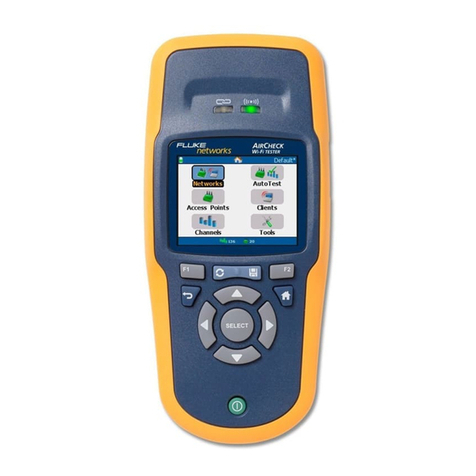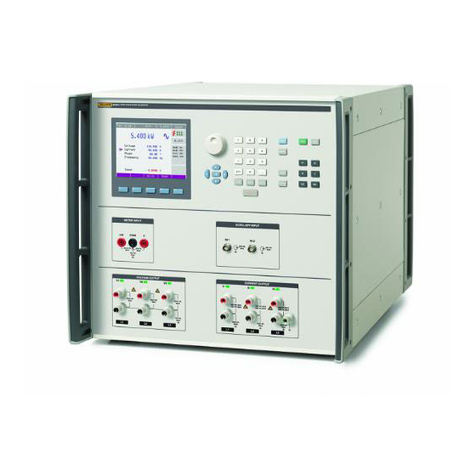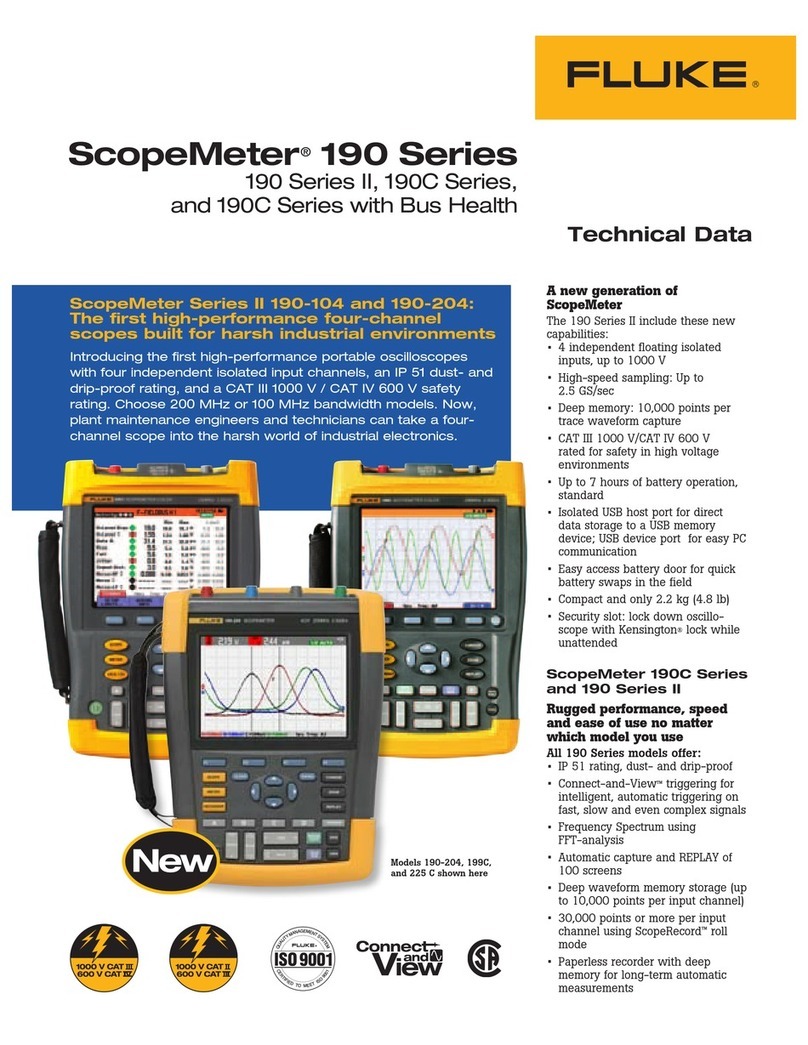Fluke 515A User manual
Other Fluke Test Equipment manuals
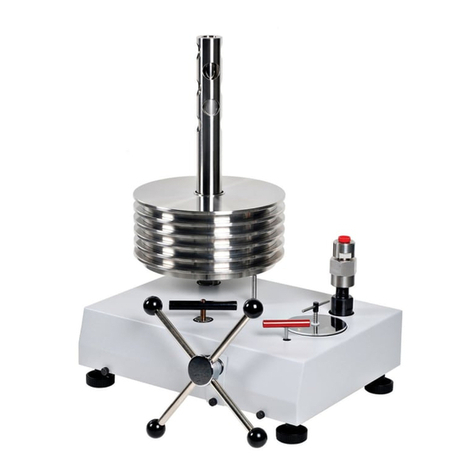
Fluke
Fluke P3800C User manual
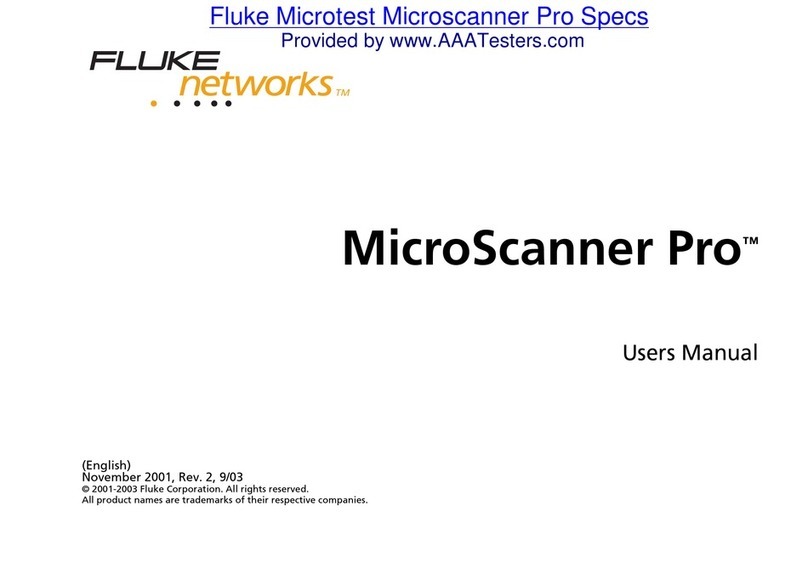
Fluke
Fluke MicroScanner Pro User manual
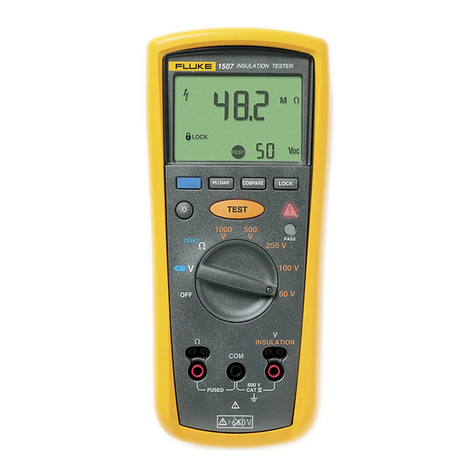
Fluke
Fluke 1507 User manual
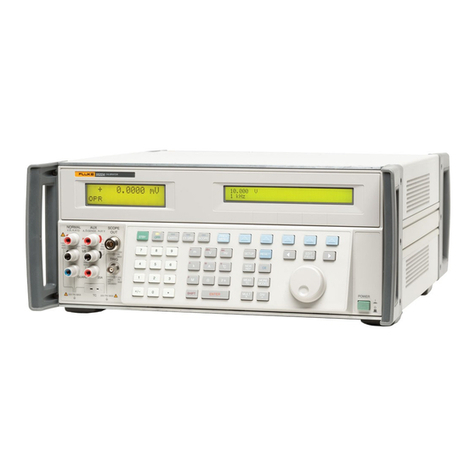
Fluke
Fluke 5520A Service Manual

Fluke
Fluke FEV-CON-TSL Original instructions
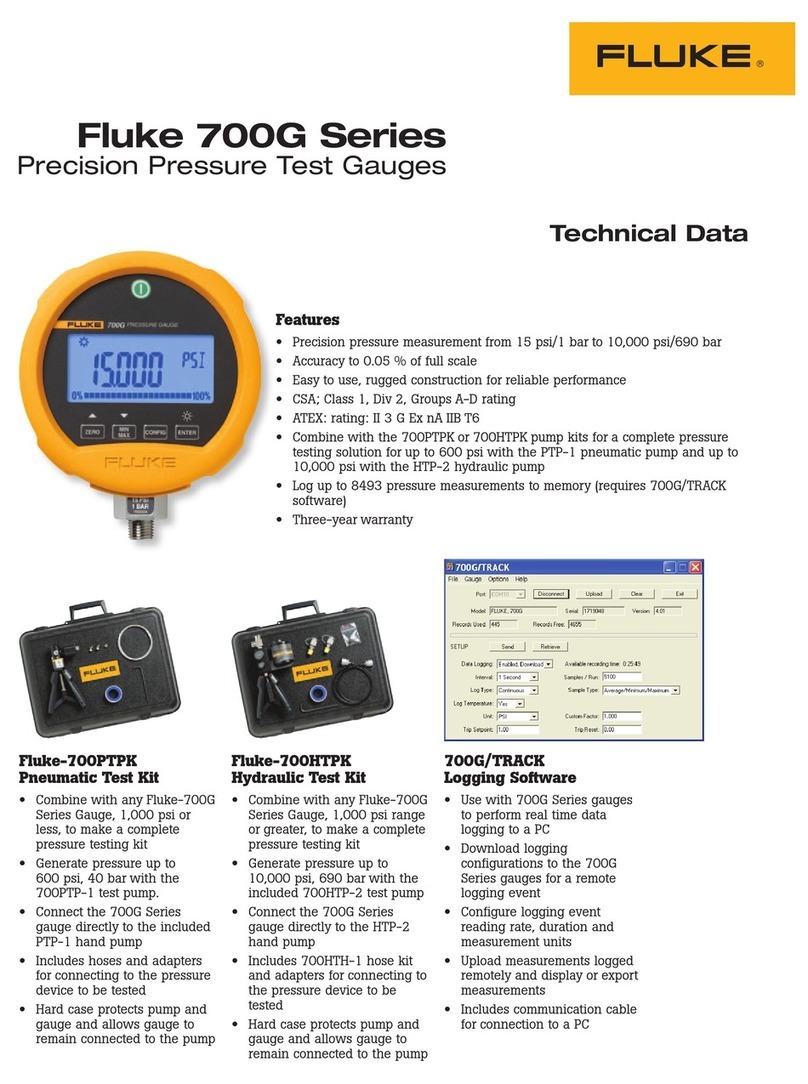
Fluke
Fluke 700G Series Instruction manual

Fluke
Fluke i6000s Flex-24 User manual
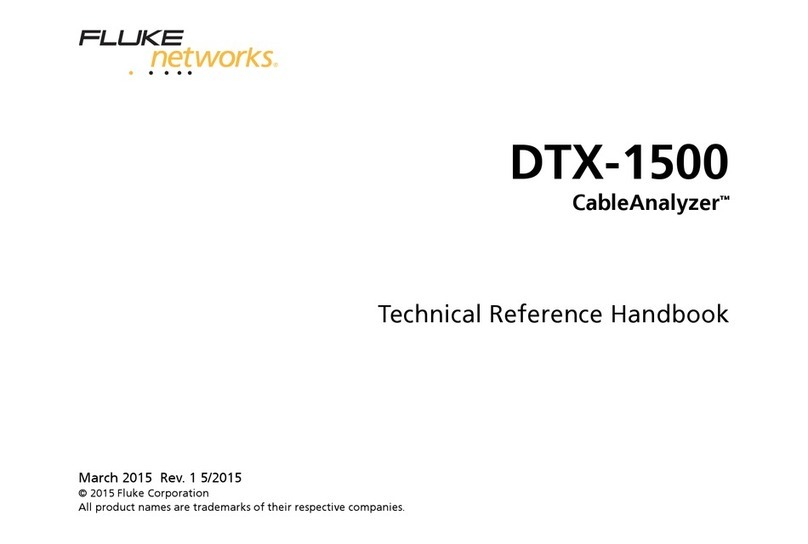
Fluke
Fluke CableAnalyzer DTX-1500 Use and care manual
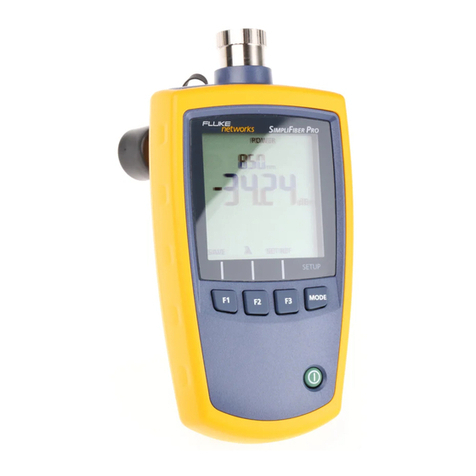
Fluke
Fluke SimpliFiber Pro User manual

Fluke
Fluke 810 User manual
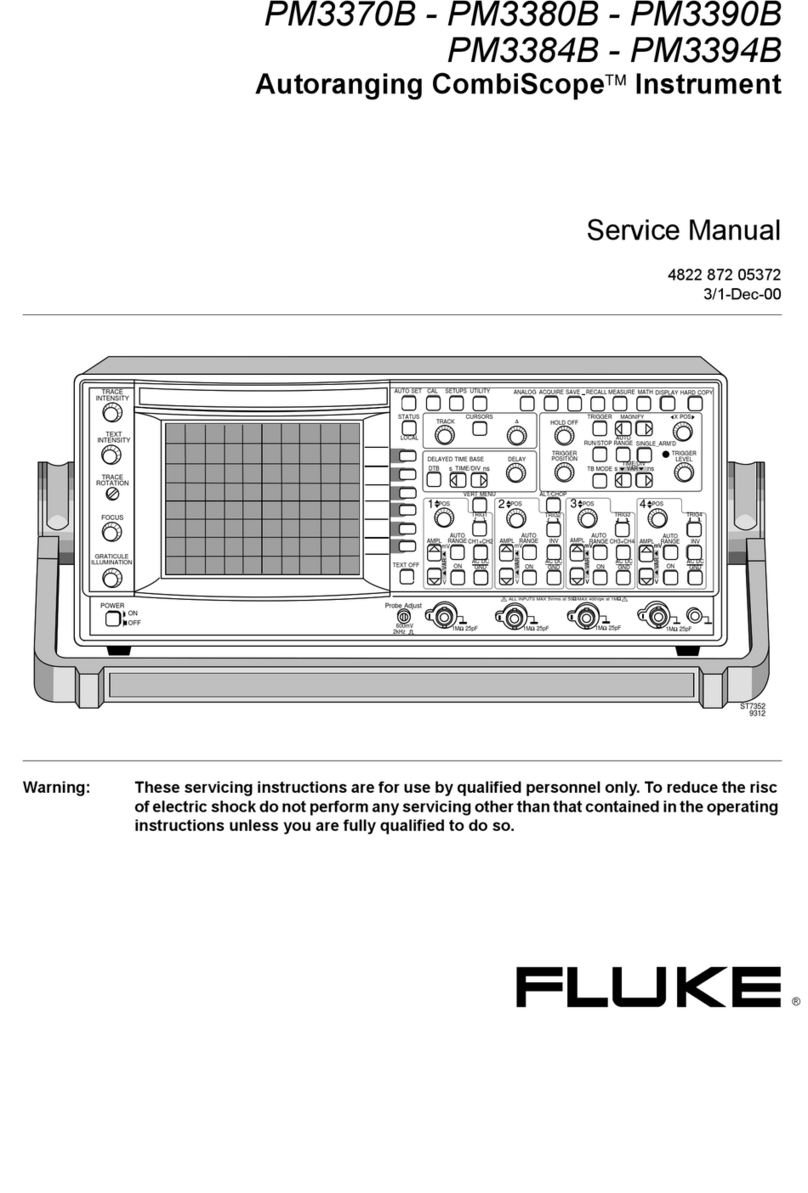
Fluke
Fluke CombiScope PM3370B User manual

Fluke
Fluke 6100B User manual
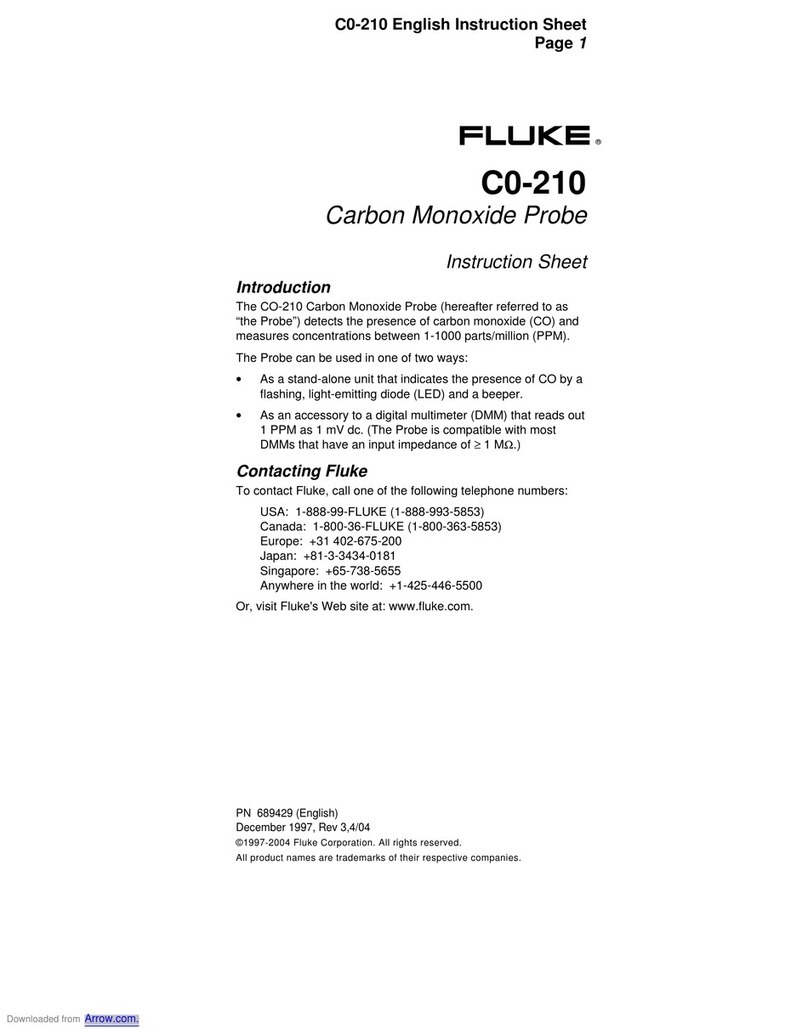
Fluke
Fluke C0-210 User manual

Fluke
Fluke 5520A Service User manual
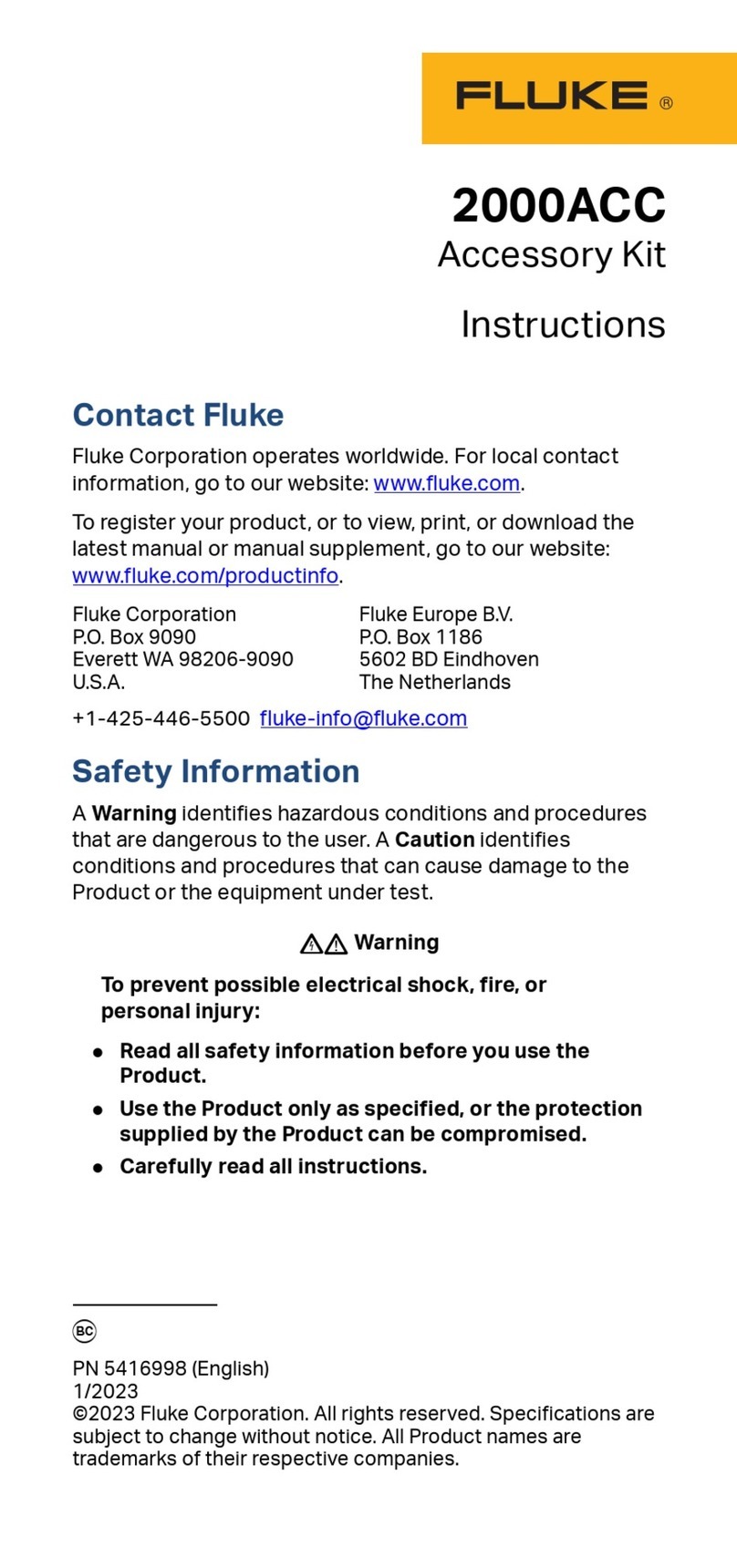
Fluke
Fluke 2000ACC User manual

Fluke
Fluke 9100 Series Instruction Manual

Fluke
Fluke 709 User manual

Fluke
Fluke T100 User manual
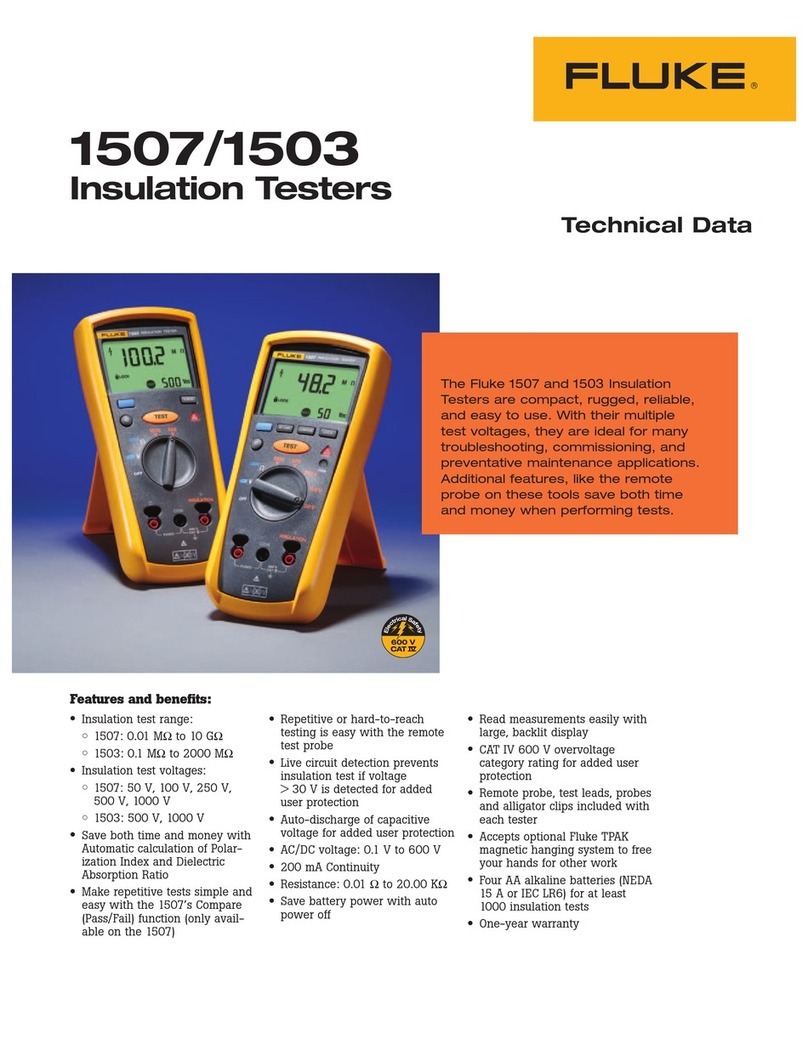
Fluke
Fluke 1503 User manual
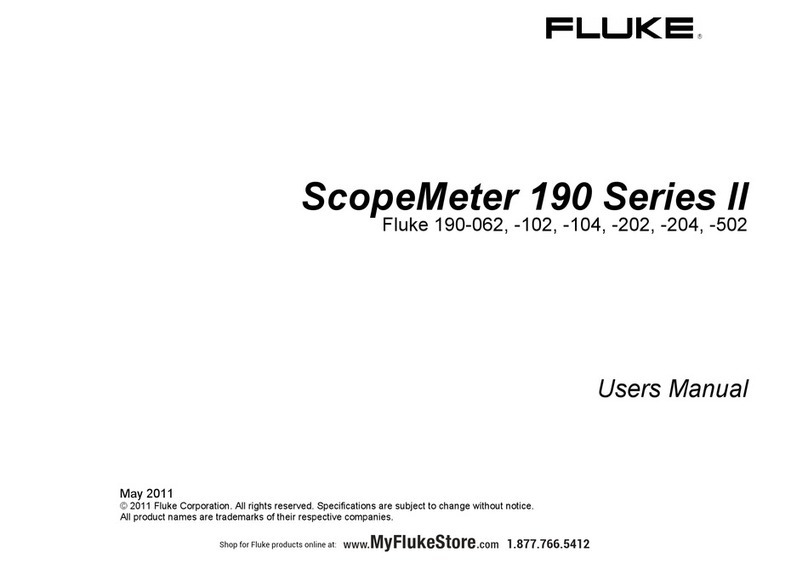
Fluke
Fluke ScopeMeter 190-502 User manual
Popular Test Equipment manuals by other brands

Redtech
Redtech TRAILERteck T05 user manual

Venmar
Venmar AVS Constructo 1.0 HRV user guide

Test Instrument Solutions
Test Instrument Solutions SafetyPAT operating manual

Hanna Instruments
Hanna Instruments HI 38078 instruction manual

Kistler
Kistler 5495C Series instruction manual

Waygate Technologies
Waygate Technologies DM5E Basic quick start guide

StoneL
StoneL DeviceNet CK464002A manual

Seica
Seica RAPID 220 Site preparation guide

Kingfisher
Kingfisher KI7400 Series Training manual

Kurth Electronic
Kurth Electronic CCTS-03 operating manual

SMART
SMART KANAAD SBT XTREME 3G Series user manual

Agilent Technologies
Agilent Technologies BERT Serial Getting started
